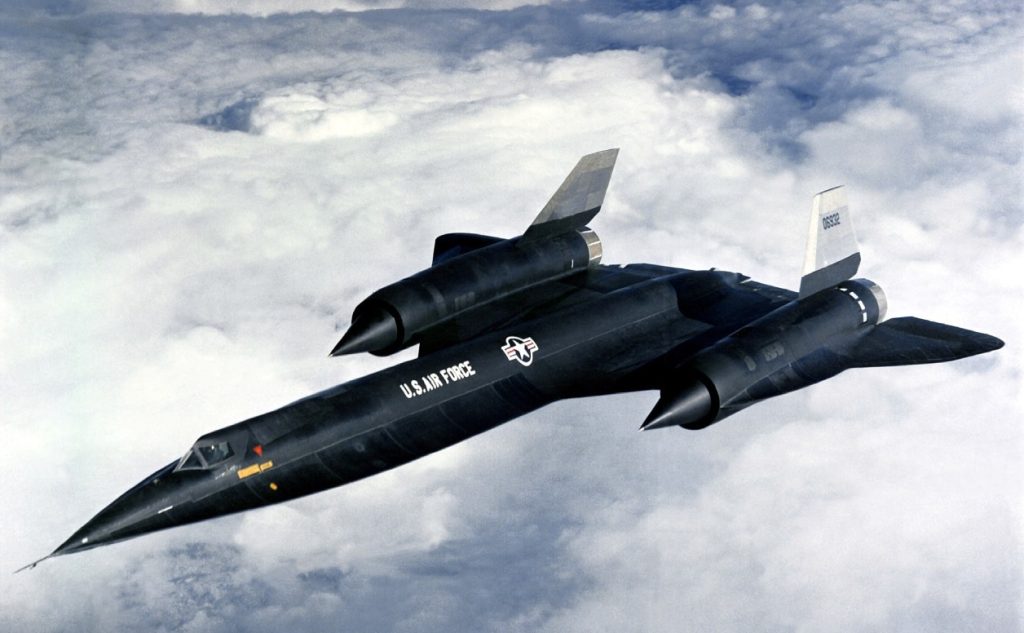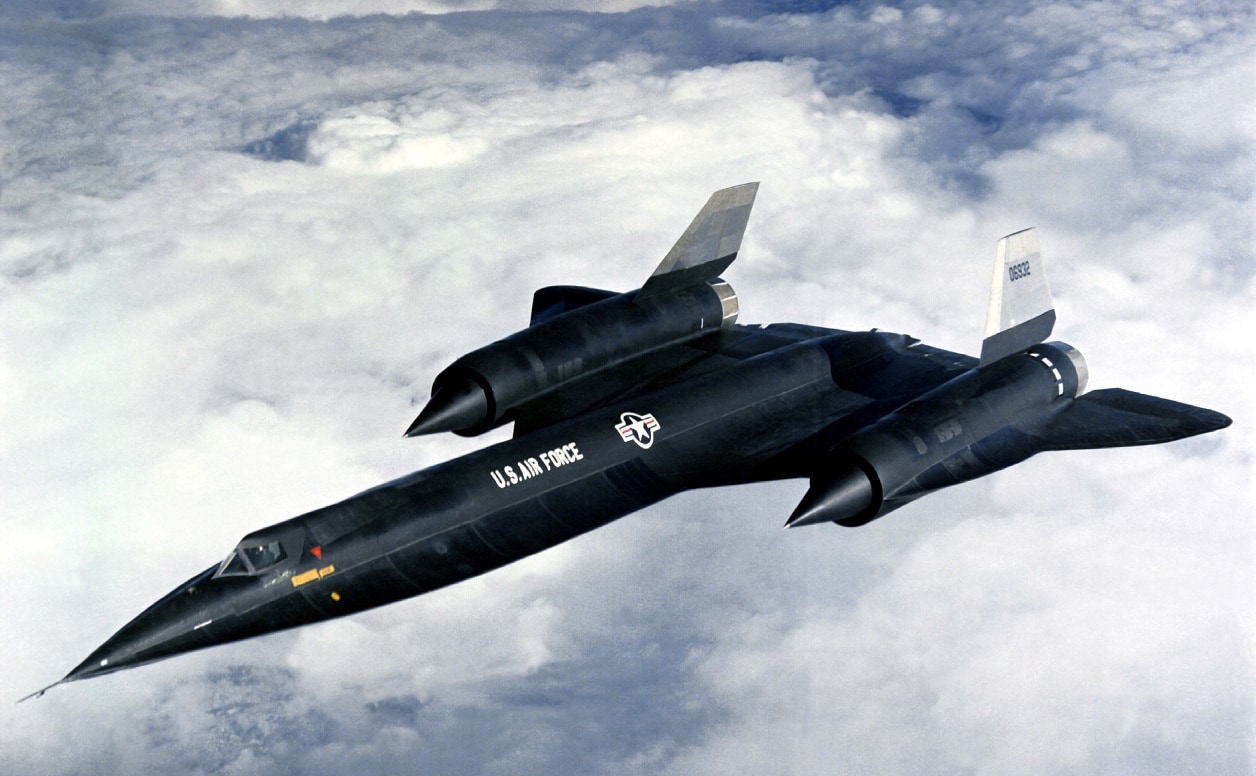Six of the fifteen A-12s produced were destroyed in accidents. Certainly, the A-12 pushed the limits of aircraft performance.

A former Air Force pilot-in-training describes the A-12: The CIA relied on the U-2 Dragon Lady for aerial surveillance during the most intensive years of the Cold War. Despite its ability to fly at altitudes of 70,000 feet, the U-2 was slow, and as Soviet air defense systems advanced, they became increasingly vulnerable (as Gary Powers demonstrated). The CIA desired a replacement and organized Project Gusto, a team to examine potential spy planes.
There were submissions of two proposals, The Convair Kingfish was the initial aircraft, and the second was the Lockheed A-12. The Kingfish and the A-12 were designed for high-speed, high-altitude reconnaissance over the Soviet Union and Cuba.
Both the A-12 and Kingfish
The RCS of the Kingfish was smaller than that of the A-12. Yet, the CIA preferred the A-12’s requirements and Lockheed’s reputation for efficiency and secrecy. Convair’s B-58 Hustler delivery, on the other hand, had been delayed and over budget. The CIA chose the A-12, and the work was conducted in complete secrecy as a “black” project.
The A-12 “Oxcart” is most remembered as the SR-71 “Blackbird’s” precursor. The specs of the Oxcart, which went into production while Kennedy was in power, were decades ahead of contemporary airframes and even more advanced than the A-12’s famed descendant, the Blackbird.
The A-12 (Keeping Secret)
The A-12, a little over one hundred feet in length, could speed over Mach 3 and had a service ceiling of 85,000 feet. The A-12 had an ascent rate of 11,800 feet per minute. The stealth operation of the future jet from Area 51 was one of the military-industrial complex’s most closely guarded secrets. In 1963, the U.S. government’s efforts to keep the A-12 program a secret were shown by the crash of an A-12.
In May of 1963, an incident resembling a scene from the new Top Gun film occurred when Area 51 test pilot Kenneth Collins crashed his A-12 in Wendover, Utah. After ejecting, Collins landed in the desert (ala Chuck Yeager in The Right Stuff). Collins was picked up by a truck driver, who drove him to the adjacent highway patrol office. Collins could avoid suspicion because he was conducting low-altitude flying experiments wearing a conventional suit. If Collins had been undertaking the high-altitude testing that the A-12 could have, he would have worn a genuine space suit, which would have been more difficult to reject in rural Utah.
Collins contacted Area 51 from the police station, and the CIA initiated “damage control.” Farmers were prohibited from approaching the accident site after being informed that the plane had been carrying nuclear bombs. A police officer and a family who witnessed too much while passing by each received $25,000. Quiet money.
Instead of the ultra-secret A-12, the crashed aircraft was referred to in press articles and official documents as an F-105 Thunderchief. Bulldozers attempted to eradicate all traces of the accident site from the desert. Collins was hypnotized and injected with “truth serum” before being interrogated to confirm his truth about the crash, highlighting the hysteria surrounding the experiment. The complete cover-up operation was successful; the A-12 Oxcart program remained unknown to the American public for thirty years.
Collin’s disaster was hardly the last A-12 accident. Six of the fifteen A-12s produced were destroyed in accidents. Although the A-12 pushed the limits of aviation capability, reaching three times the speed of sound and redefining human conceptions of what an aircraft could do, its safety record was abysmal.
Although the A-12 was meant to monitor the USSR and Cuba, the supersonic spy jet never engaged either communist nation in combat. Rather, the A-12 engaged in limited combat operations against North Vietnam and North Korea. The program discontinuation occurred in 1966 to make room for the more famous SR-71 Blackbird. The SR-71 was a watered-down version of the A-12; it was heavier, slower, and flew at a lower altitude than its predecessor. Yet, the SR-71 was an exceptional aircraft that lasted in service until the late 1990s.
Now, the United States operates only one high-flying surveillance aircraft, the U-2 Dragon Lady, which the A-12 was intended to replace sixty years ago.






